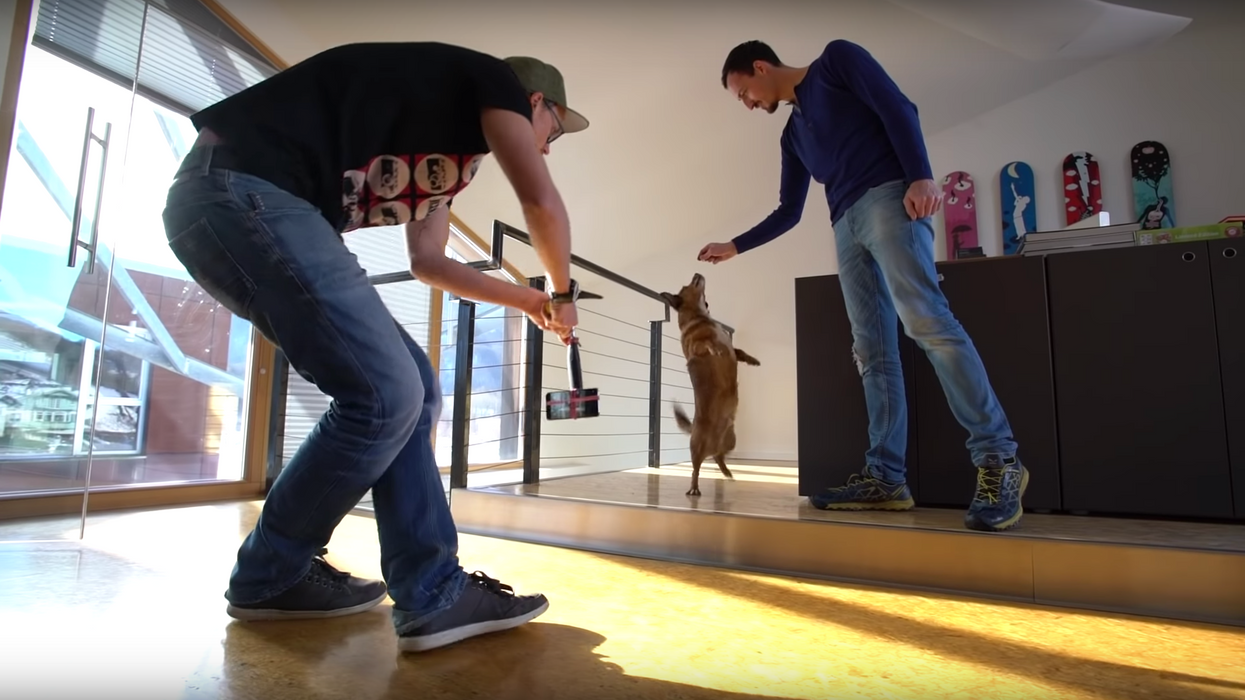This DIY Smartphone Stabilizer Needs Just 3 Household Items to Make
If you have these things lying around, you can make yourself an effective handheld stabilizer for your smartphone.

Smartphone stabilizers aren't the most expensive things in the world, at least in terms of filmmaking gear. However, if you're can't afford to shell out $200 - $300 for one (or simply don't want to), the team over at COOPH has come up with a pretty ingenious DIY alternative. In this tutorial, you'll learn how to craft your own handheld stabilizer for a smartphone using only three items: a hammer, a screwdriver, and a couple of rubber bands. Check it out below:
There are a couple of things I really like about this DIY build.
This DIY smartphone stabilizer is easy to build
For those of you who aren't too good with a bandsaw or a soldering iron, this build is for you. It doesn't require any hardware, drilling, sawing, or wiring, which means even the least handy of us can make one.
This is all the materials you'll need:
- A hammer
- A screwdriver
- Rubber bands (x2)
All you have to do is wrap one of the rubber bands around the bottom of the hammer's handle, slide the screwdriver through the rubber bands, twist the screwdriver to add some tension, and then use the second rubber band to attach your phone to the top of the hammer's handle. That's it.
A DIY smartphone stabilizer with "features"
DIY builds are great primarily because they're (usually) cheaper than going out and buying the real deal, but oftentimes what they gain in affordability they lose in functionality. In other words, they usually only do one basic thing. However, this DIY smartphone stabilizer actually has, I guess, "features."
It gives you the ability to shoot in two different modes: a standard mode, as well as an underslung "briefcase" mode. You can be shooting eye-level or high angles one minute and then flip the rig upside down and shoot some low angles by simply holding the screwdriver and rotating the hammer.
You have to admit, that's pretty cool—a hammer, a screwdriver, and some rubber bands that form a smartphone stabilizer with two different shooting positions.
This is definitely one of those DIY builds that are worth a try, even if you're not all that into the whole DIY thing. It's easy, free (because who doesn't have this stuff lying around?), and is probably going to save your buns at least once in your life.
But major props to all of you out there building DIY filmmaking gear out of random objects and tools. You will be a king among men in the post-apocalyptic film industry and I will be first in line to purchase your wares with my bottlecaps.
Source: COOPH














